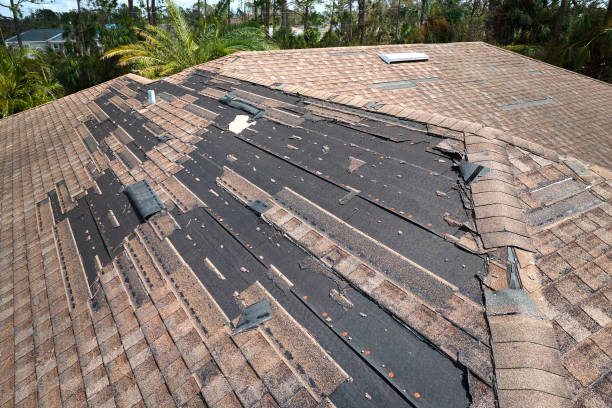Insulation is a crucial component of any home, as it helps regulate the temperature and energy efficiency. Over time, insulation can become damaged or worn out, leading to decreased effectiveness and higher energy bills. One area that is often overlooked when it comes to insulation is the attic.
The attic plays a significant role in the overall energy efficiency of a home. Heat rises, so if your attic is not properly insulated, you could be losing a significant amount of heat through your roof. This can result in higher heating bills during the winter months and increased cooling costs in the summer.
If you suspect that your attic insulation may need replacing, there are several signs to look out for. These include drafts coming from the attic, uneven temperatures throughout your home, or an increase in energy bills without any obvious explanation. If you notice any of these signs, it may be time to consider replacing your attic insulation.
When it comes to replacing attic insulation, there are several options available. The most common types of insulation used in attics are fiberglass batts or blown-in cellulose insulation. Fiberglass batts are large rolls of insulation that can be cut to fit between joists and studs visit our resource center in the attic space. Blown-in cellulose insulation is another popular option that involves blowing loose fibers into the attic space using a machine.
Before installing new insulation in your attic, it’s important to assess the current condition of your existing insulation. If you have old or damaged insulation that needs replacing, you will need to remove it before installing new material. This process can be messy and time-consuming but is essential for ensuring optimal energy efficiency.
Once you have removed old insulation from your attic space, it’s time to install new material. Whether you choose fiberglass batts or blown-in cellulose insulation will depend on factors such as budget and personal preference. Both options offer excellent thermal performance when installed correctly.
Replacing attic insulation is not only beneficial for improving energy efficiency but also for increasing comfort levels within your home. By maintaining proper levels of insulation in your attic space, you can ensure consistent temperatures throughout your living areas and reduce strain on your HVAC system.
In conclusion, replacing attic insulation is a simple yet effective way to make your home more energy-efficient and comfortable year-round. If you suspect that your current attic insulation may need upgrading or repairing due to age or damage – don’t hesitate! Take action today by contacting a professional contractor who specializes in insulating attics for expert advice on how best address this issue promptly before problems escalate further down line causing more significant expenses later down road!


